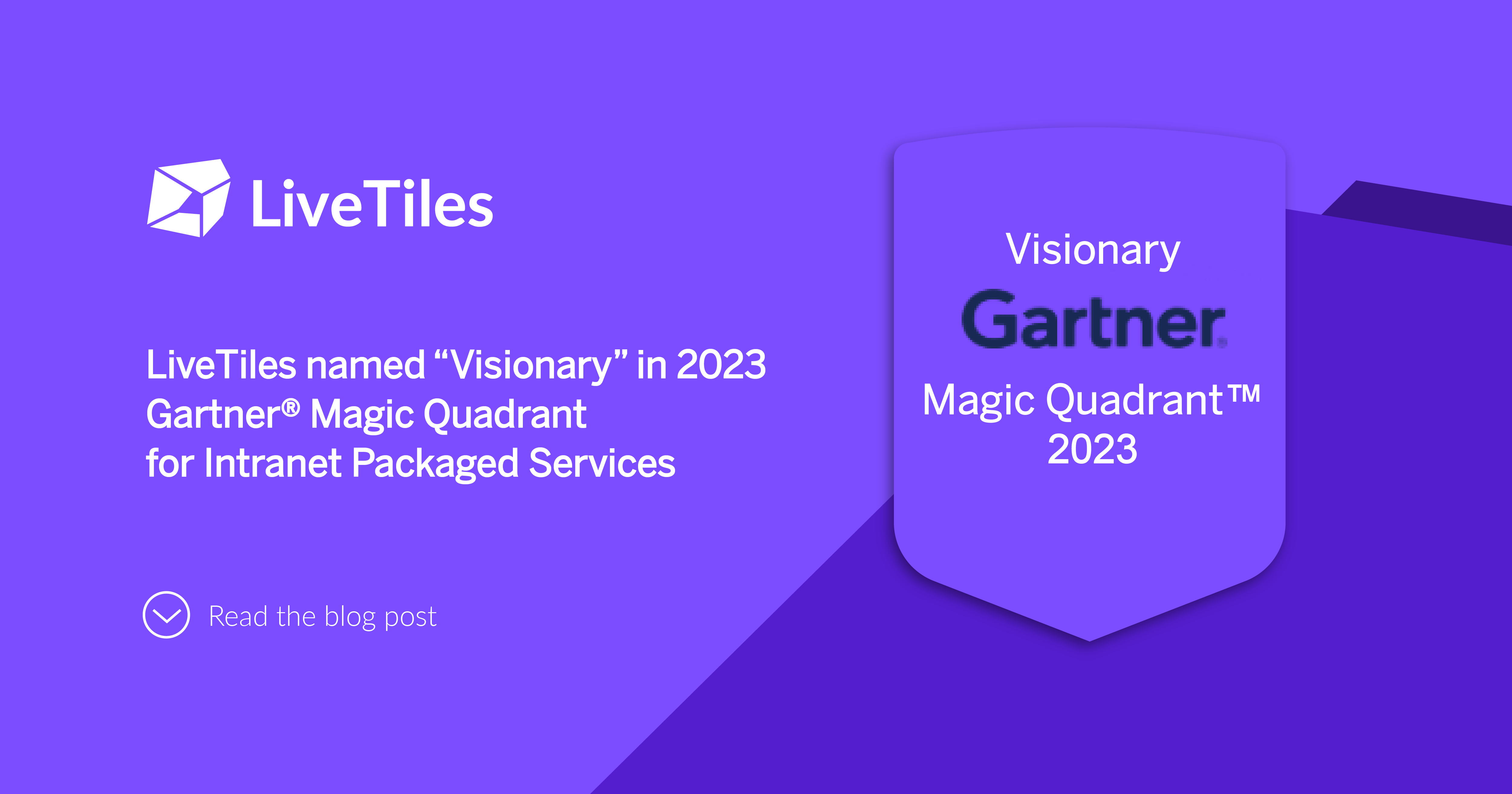Mapping Out the Moments that Matter in an Employee’s Journey
The past two years saw two phenomena change and shape how we work today: the hybrid work setup and the Great Resignation.
During the pandemic, workers whose jobs weren’t deemed “essential” worked from home. Many offices launched the hybrid work setup, which allowed employees to rediscover habits and form better relationships with family.
While spending more time indoors, employees reflected on the purpose of their jobs and reevaluated how they want to live their lives. Their reflections led many to leave their jobs either to change career direction, rebalance their work-life set-up, or simply take long breaks — and it all added up to the Great Resignation.
The new climate led organizations to adapt new ways of working. Given the circumstances, they refined their employee experience strategies based on their employees’ needs. They adopted new technologies to cater to employees’ needs on-demand and mimic collaboration that happened in offices pre-pandemic. They crafted new benefit schemes and reconfigured their physical office space based on their industries’ new requirements.
According to McKinsey, 90% of chief human resource officers from some of the biggest companies in the US and Europe “predict significant changes to the HR operating model during the next two to three years.” HR is now as relevant to business success as much as how R&D, sales, or production teams are.
Why moments that matter are important for employee experience
Employee experience (EX). EX is more personal now, and is shaped based on “moments that matter”.
Gartner defines “moments that matter” as the interactions and touchpoints that have the biggest impact on an employee’s experience with an organization. More specifically, these moments can be categorized into three, says Jacob Morgan, author of “The Employee Experience Advantage”:
- Specific moments, which are usually life milestones, like a birth of a child,
- Ongoing moments, which usually lasts for months, like a relationship with a co-worker,
- Created moments, which are usually events or projects, like a hackathon.
At LiveTiles, we believe the moments that matter vary per employee, and that each individual is the expert of their own employee experience. What may matter to one employee may not be so important to another. But we do know these moments usually revolve around four key themes: inspiration, growth, trust, and clear leadership. When identified, these moments can be used to improve employee experience strategies.
To better understand and recognize what these specific moments are, we can map out the moments that matter based on the traditional stages of an employee’s journey. As McKinsey says, while moments that matter differ per employee, they still “fit within the same relatively consistent set of employee journeys in most organizations.”
Recruitment (or Pre-Boarding)
Even before an employee gets hired, the first time they hear about the organization is a moment that matters. As Gallup says, high-talent individuals are particularly interested in working for organizations with strong purpose and well-defined values, and live them out authentically. To ensure this positive moment is experienced by every potential employee, organizations need strong branding.
Once hired, how an employee goes through the process of hiring — from the ease in the submission of requirements to how an HR officer responds to queries — are moments they’re also bound to remember.
How organizations communicate with their new recruits during the time between when they’ve signed the contract and the actual start day is also crucial [sometimes this can be several months] – consider for instance a dedicated channel of communication where they can get support and access resources even before they’ve been assigned an official email or access rights.
Employee onboarding
Gallup says only 1 out of 10 employees strongly agree that their organization does a great job of onboarding. This is a challenge worth addressing, because as Stewart Leadership says in their Second Annual Employee Experience Research Study: new employees’ first few months in an organization are when some of the most memorable moments may happen for them.
An employee’s first lunch with his or her team can be a key moment, as well as the first check-in with a colleague — whether virtual or face-to-face. For these moments to become positive experiences, organizations must ensure every new member has time to get acquainted with and adjust to the teams they are joining.
Gartner also finds that onboarding a new hire and getting them productive is also a key moment for the incumbent members of the organization, especially for Gen Z workers.
Employee engagement
Employee engagement is not about a single moment, but a culmination of different experiences that allow employees to truly feel the moments that matter. The “Engagement” stage is where the majority of an employee’s time in an organization is spent. And it’s when an employee builds relationships with colleagues.
These days, people are looking for colleagues that care about them and help them find career growth opportunities. Gallup says that a highly talented but disengaged worker may outperform his or her peers, but they will never truly reach their full potential until they feel supported at work.
How an organization handles pain points and negative experiences is pivotal to how an employee moves forward within the firm. Gartner says moments like getting injured while on the job or being embroiled in a conflict in the office are some of the most memorable to employees in different parts of the world.
In the same vein, a moment like taking a paternity or maternity leave is a test of a company’s employee experience strategy. Making sure that this moment is a positive one shows that the organization cares about the moments that matter to the employee’s personal life, which in turn boosts their morale.
Employee development
This stage is where employees experience moments that help them develop skills and build character. As employees progress in their careers at this stage, they start seeking moments to be recognized for a job well done, or be held accountable when necessary.
Receiving a bad performance review or a compliment from a manager are some of the moments that matter at this stage. For the younger generation, delivering a performance review is a moment that matters, as they want their performance to be reviewed in a comprehensive and fair manner.
Employee progression
After gaining recognition, employees look for ways they can advance within the organization. Organizations that fail in this stage risk losing their high-value employees. According to Pew Research Center, employees who quit in 2021 cited “no opportunities for advancement” as a primary reason for leaving.
This is the stage when moments like applying for an internal job opening, or transitions to new roles, happen. If the employee’s career progression includes shifting a more flexible work arrangement or schedule, this could also be a moment that matters — especially for millennials. Difficult moments like being passed over for a promotion also happen during this stage.
This is when key experiences like coaching or one-on-one sessions of managers can help employees better define their career paths within the organization.
Employee offboarding
For the most part, the offboarding process is bittersweet. It’s the end of a journey for an employee who may have spent a considerable amount of time in an organization.
An exit interview is then one of the final key moments for an employee within an organization. Harvard Business Review says organizations must ensure employees are treated with respect and gratitude during this process. Gallup also notes that employees must feel they are “heard and appreciated for their contribution” when leaving an organization.
A send-off party, or even a parting meal shared with teammates, is also a moment that matters. Experiencing positive moments in this stage may encourage the departing employees to become your brand’s ambassadors who recommend your company to other talented individuals.
Successfully identifying moments that matter contributes to a better employee experience strategy
Gartner says 56% of HR leaders are already planning on experimenting with the moments that matter in crafting their employee experience strategies. Those that have deployed the approach have already seen an improvement in the delivery of employee value proposition, or employee engagement.
Individual factors like high salary or a good benefits package have never been enough to drive better employee performance and retention. As PricewaterhouseCoopers says: a great employee experience is about paying attention to the moments that matter in an employee’s day, year, and career.
Identifying moments that matter requires listening to employees and managers, and being open to their feedback. Once identified, these moments can help your organization create an employee experience strategy that truly works for your employees and their unique needs.









